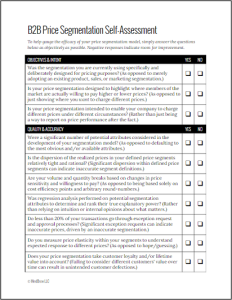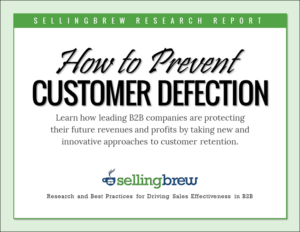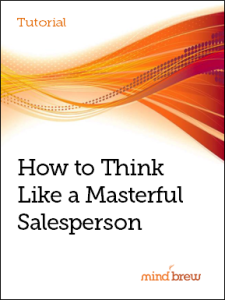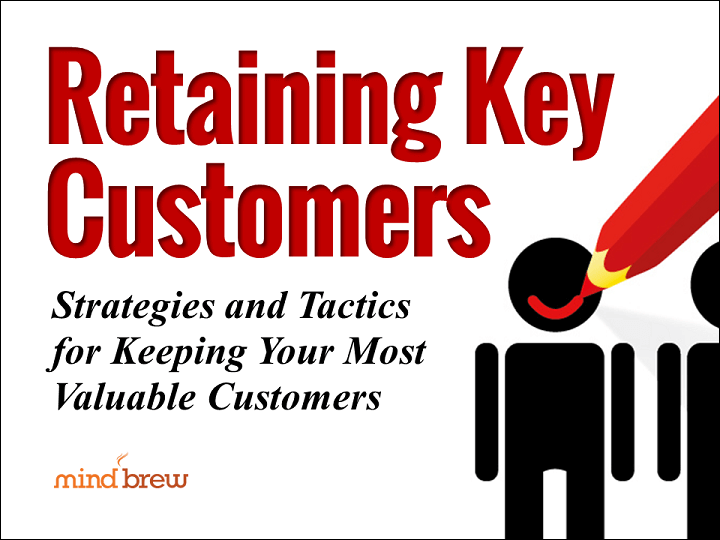Recently, content marketing has become a big deal among B2B marketers. The Content Marketing Institute reports that 86 percent of B2B firms are doing some type of content marketing, and 70 percent are creating more content this year than last year. On average, B2B marketers are currently working on thirteen different content initiatives and plan to begin working on eight more within the next year.
Amazingly, most of these marketers are creating more content without any proof that this strategy is working. In that same study, only 21 percent of B2B marketers said that they were successfully tracking ROI for content marketing projects.
With so many organizations producing so much more content than ever before, businesspeople are becoming inundated with marketing messages. As a result, they have little time to read or respond to most of the content being shoved their way.
This problem, of course, is nothing new. Way back in 1759, Samuel Johnson lamented, “Advertisements are now so numerous that they are very negligently perused.”
Unfortunately, many marketers have learned little in the centuries since then and choose exactly the wrong strategy to deal with clutter. Knowing that their prospects are inundated with messages, they choose to accelerate their content production in hopes that having something brand new will be enough to attract eyeballs to their message. Naturally, this approach results in even more clutter, which in turn makes existing content less effective. Marketers find themselves working harder and harder to produce more and more content while their costs go up and the effectiveness of each piece goes down.
It is time to jump off this hamster wheel.
Instead of constantly generating new content all the time, why not focus on creating one or two pieces that will last a long time and work really well? Instead of adding to the noise, why not cut through the clutter with messages that are highly targeted to your prospects’ needs? Instead of focusing on getting something new out every week, why not provide your potential customers with information they are really interested in learning?
In order to make this quality-not-quantity strategy work, you’re going to need to begin with some solid customer and competitive research. Armed with the facts about what your prospects need and what their other options are, you can craft your message and a plan for delivering that message. You may even want to write out a “master story” or “stadium pitch” that can serve as a guide for all of your content marketing.
With this upfront legwork done, you can then work on crafting truly compelling content that will help generate more leads and ultimately more sales for your organization. For strategies and tactics that have worked well for other organizations, check out the DemandBrew webinar “Creating Compelling Content.” It offers ten tips gleaned from successful B2B marketers that can help you create content that gets heard above the noise.
Creating Content That Actually Works
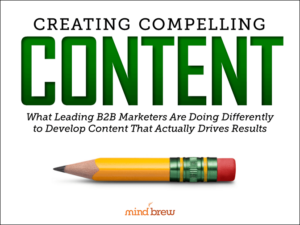
While every marketing pundit and publication is fueling the hype around content marketing, the hypesters are omitting some important facts and glossing-over some crucial processes. In this on-demand training webinar, you’ll learn about ten proven strategies for creating more effective sales and marketing content.

